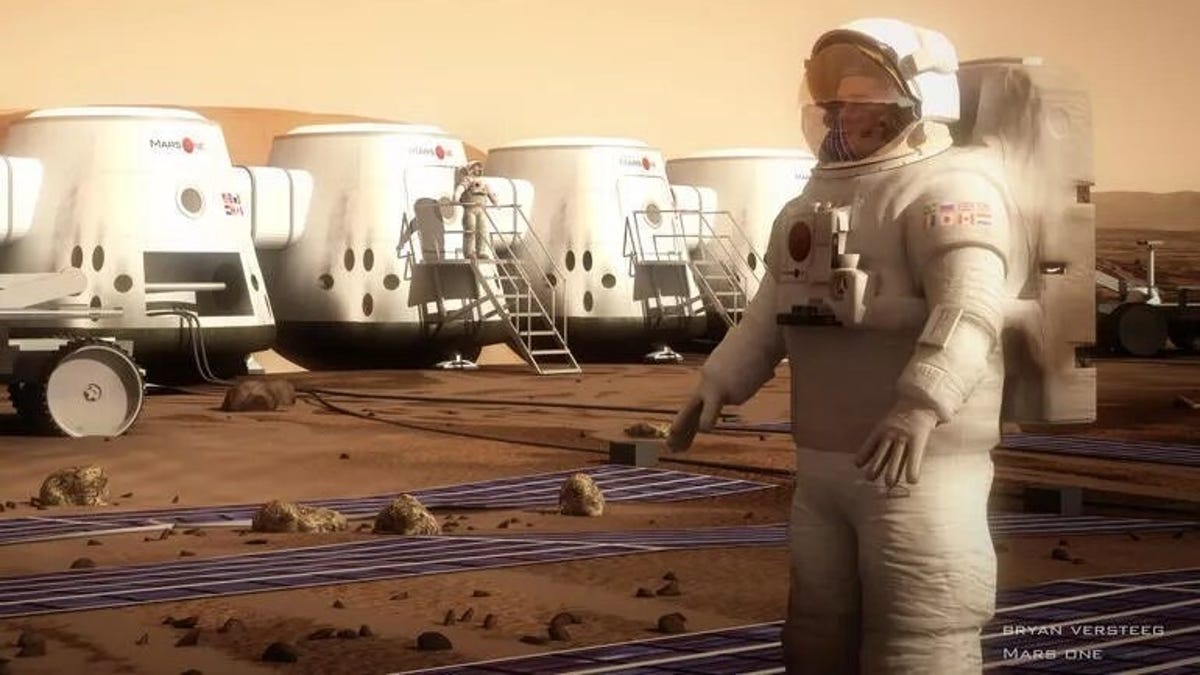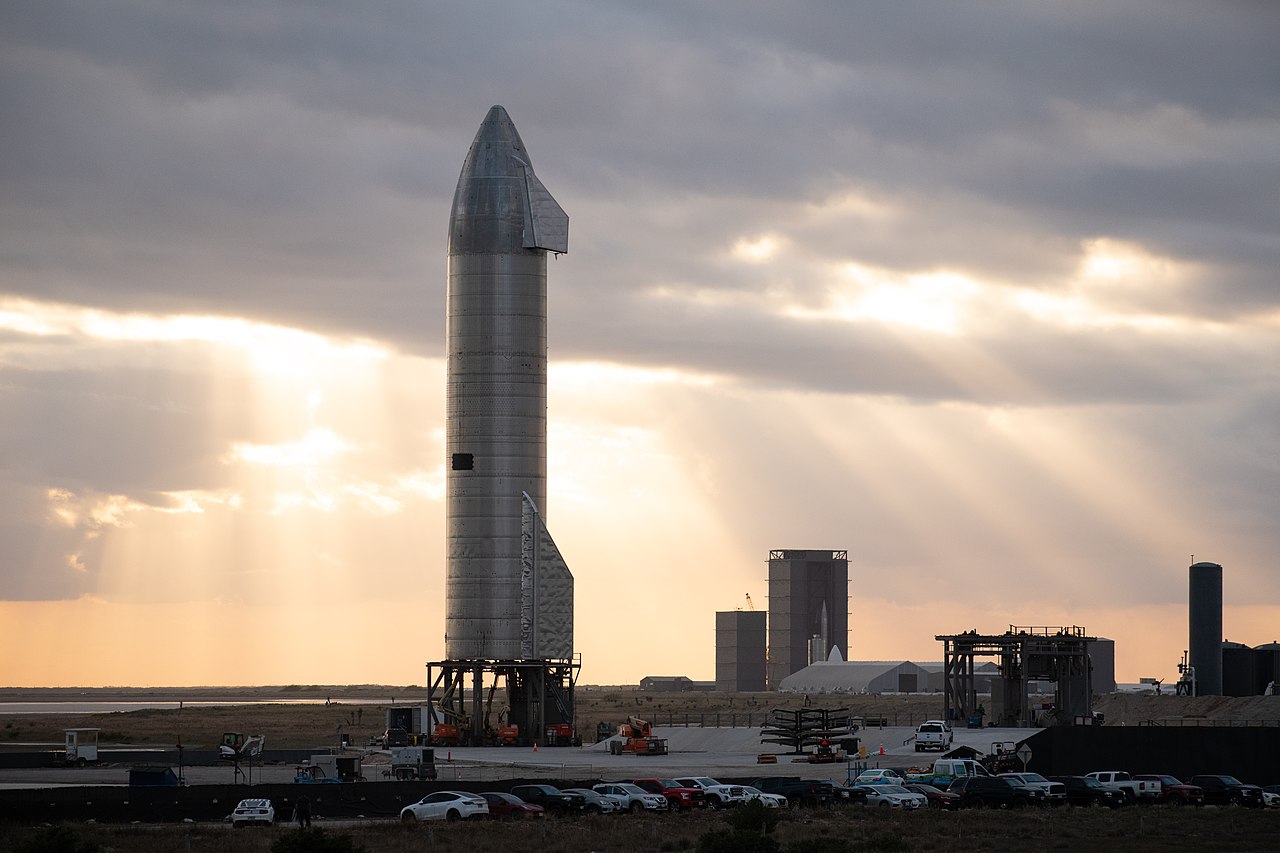I chose sleep over eclipse last night. But I did snap this pic of the plain old full moon early this morning.

Martian independence
Mars optimism
Coronal Mass Ejections
The Sun has been on a tear lately: hurling coronal mass ejections, one after another, across the solar system.

Here on Earth, the effects are mostly pretty (aurora) and occasionally annoying (power grid problems, satellite orientation issues).
On the surface of Mars, the effects would be more serious. With no magnetosphere and very little atmosphere to deflect and slow the incoming particle radiation, humans would have to seek shelter during the resulting solar particle event.
This is exactly what happens in my forthcoming book, Shelter: Generation Mars, Book Two. The sisters, Cas and Ori, and their parents are on an away mission when a solar particle event forces them to cut their plans short and find shelter where they can. A series of equipment failures makes their situation increasingly dire. Will the sisters be able to help the family survive? Find out in early 2022.
In the meantime, if you’re lucky, maybe you’ll see the aurora.
image: NASA Goddard Space Flight Center
#auroraborealis #solarsystem #spaceweather
Martian bioproduction of fuel
The ships and rovers in Generation Mars run on methane and oxygen, produced on Mars by electrolysis and the Sabatier reaction. I haven’t heard of 2,3-butanediol until now, but bioproduction of a Martian fuel sounds interesting.
Starship will change everything
This is a long read, but worthwhile. It is not hyperbole to say that Starship will change everything. And it will happen faster than the current space industry is prepared to adapt.
From the article:
“There are still major risks on the critical path between now and a fully reusable Starship, but no miracles are required to solve them.
…
Starship will change the way we do business in space, and now is the time to start preparing.
…
Annual capacity to LEO climbs from its current average of 500 T for the whole of our civilization to perhaps 500 T per week. Eventually, it could exceed 1,000,000 T/year. At the same time, launch costs drop as low as $50/kg, roughly 100x lower than the present. For the same budget in launch, supply will have increased by roughly 100x. How can the space industry saturate this increased launch supply?
…
Prior to Starship, heavy machinery for building a Moon base could only come from NASA, because only NASA has the expertise to build a rocket propelled titanium Moon tractor for a billion dollars per unit. After Starship, Caterpillar or Deere or Kamaz can space qualify their existing commodity products with very minimal changes and operate them in space.
…
Even if the space industry fully understood Starship, I think it would be very difficult for them to plan and adapt rapidly enough to match the coming explosion in launch capacity.”





 Casey Handmer's blog
Casey Handmer's blog